Fluid & Heat Blog Posts
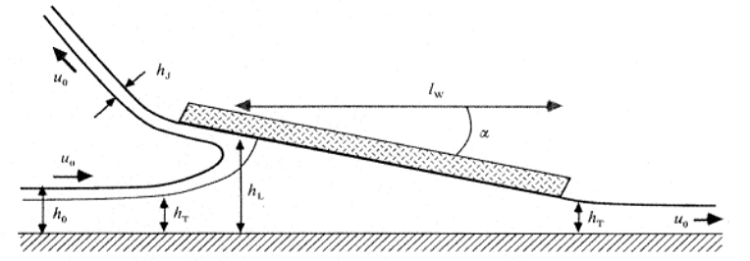
Skimboard Hydrodynamics: It’s All in the Boundary Conditions
When it comes to recreational water sports, simulation can make a dramatic difference in performance. Skimboards are a perfect example of this. These short, thin boards are similar to surfboards without fins and they allow riders to float on the water’s surface and glide. In order to improve the design of the board, one group of researchers relied on hydrodynamics to understand the interaction between water and skimboards.
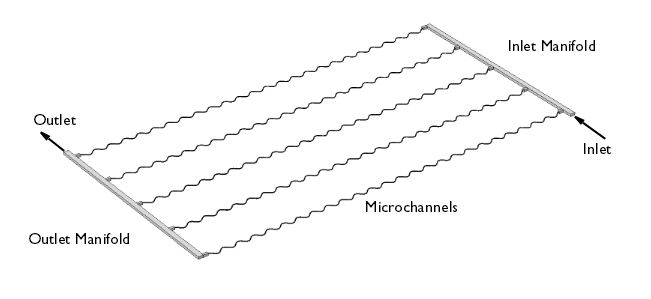
Modeling Flow: Heat Exchanger Microchannels
Plate heat exchangers have a larger surface with respect to their volume as compared to a conventional shell and tube design, making for an efficient temperature regulation device. As the name infers, these types of heat exchangers consist of layers of corrugated metal forming channels in between. In order to optimize their performance, you need the flow through the channels to be well-distributed. As you can imagine, the flow is very detailed and modeling it can be computationally demanding, if […]

Modeling an Accurate Drug Delivery Device
There are many different routes through which drugs and other medications can be delivered into a patient’s body during treatment. These include topographical ointments, pills, vaporizers, and injection systems, among others. Many of these drug delivery systems require an enormous amount of precision when it comes to the location, timing, concentration, and amount of the drug to be administered. This is where simulation can be a big help, as it can allow for the modeling of each of these aspects […]
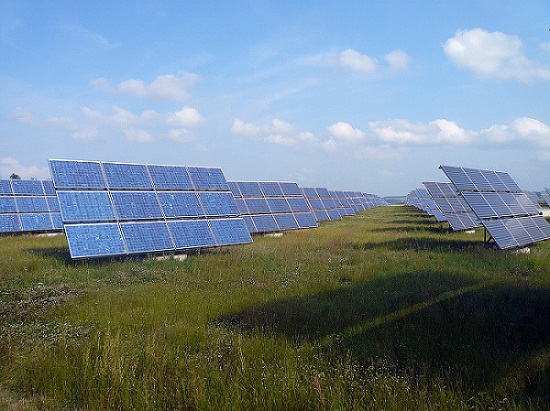
Efficient Solar Panel Design Improves the PV Industry
Solar photovoltaic (PV) cells are semiconductor devices that directly convert solar energy into electricity or voltage using the photovoltaic effect. These PV cells are more commonly known as solar cells, or solar panels, and in 2012 they produced roughly 93 terawatt-hours (TWh) of electricity — enough energy to power over 20 million homes. Because the cells must be directly exposed to the sun’s rays, they are housed outdoors where the panels are affected by the elements. Therefore, the cells must […]
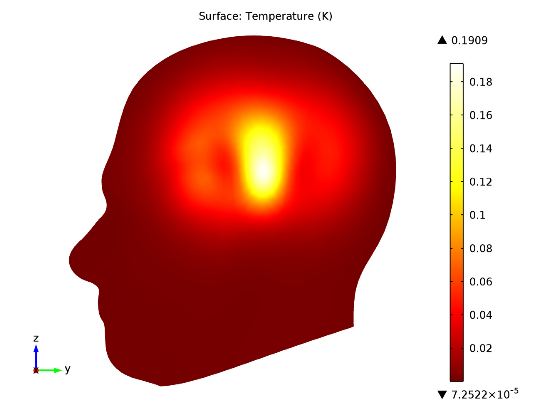
Specific Absorption Rate (SAR) in the Human Brain
It seems everyone and their kid brother has a cell phone these days — and we are constantly using them. We don’t just rely on them to make calls anymore, either; they serve as our maps, calendars, to-do lists, channel for social interaction, and so forth. This continuous use begs the question: “What about the radiation our phones emit, and how much of it is absorbed by our brains?” When considering this, scientists use the specific absorption rate (SAR) to […]
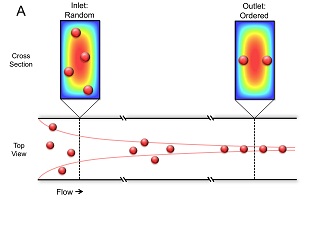
Inertial Focusing, a Counterintuitive Approach to Concentrate Cells
Suppose we have a rectangular microchannel containing a laminar flow with Reynolds number Re = 1. Next, let’s randomly distribute suspended particles at the channel’s inlet. Given that there are no external forces acting on these particles, you would intuitively expect that the particles would trace the fluid streamline. However, scientists from Massachusetts General Hospital (MGH) and Veryst Engineering would disagree, and their research findings suggest a completely different pattern than what would be expected. The researchers claim that depending […]

Simulating Pesticide Runoff, the Effects of Aldicarb
When pesticides are used in crops to control pests, their effects on the environment continue even after they have served their purpose. Pesticides can leach into the soil and water sources that both humans and animals depend on, spreading harmful chemicals to the surrounding ecosystem. Over time, their active ingredients are detoxified through different reactions that occur after their release, eventually degrading them into harmless products. Understanding the pesticide runoff patterns and mobility of various pesticides before and after they […]

Simulating the Freeze-Drying Process
When thinking about freeze-drying processes, I am reminded of astronaut food like the freeze-dried ice cream I tried as a kid. While this application of freeze-drying is important for preserving food being launched into space, there is also an incredible number of noteworthy applications that are used a little closer to home. Let’s take a look at the freeze-drying process, how it can be simulated, and some of the products and designs that rely on it to function.
